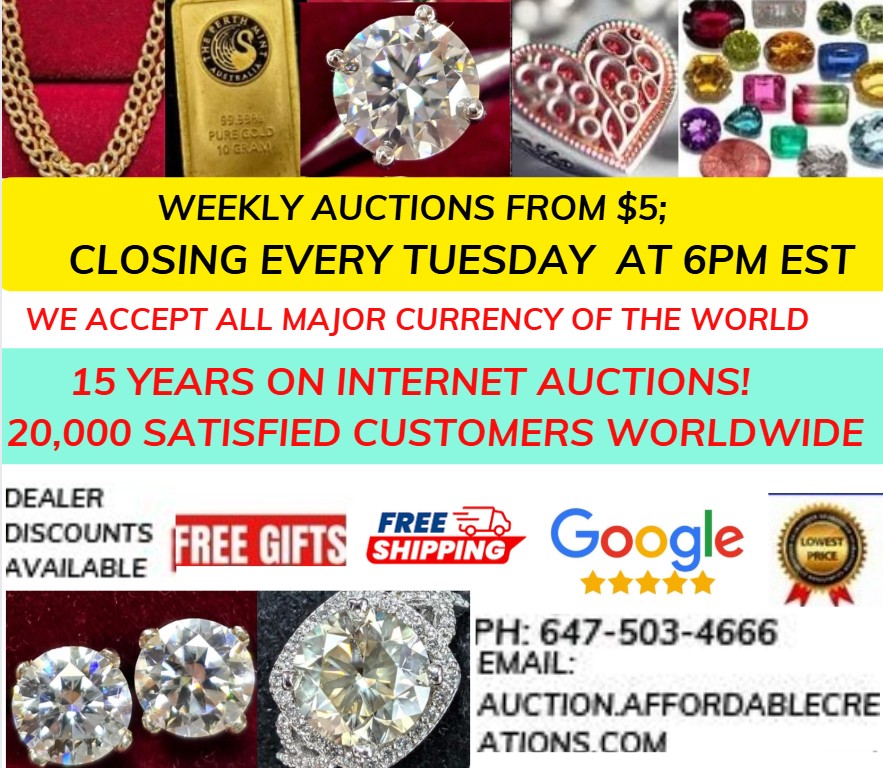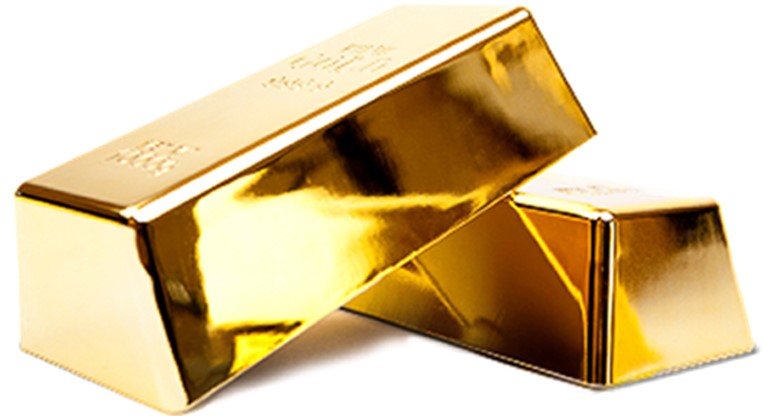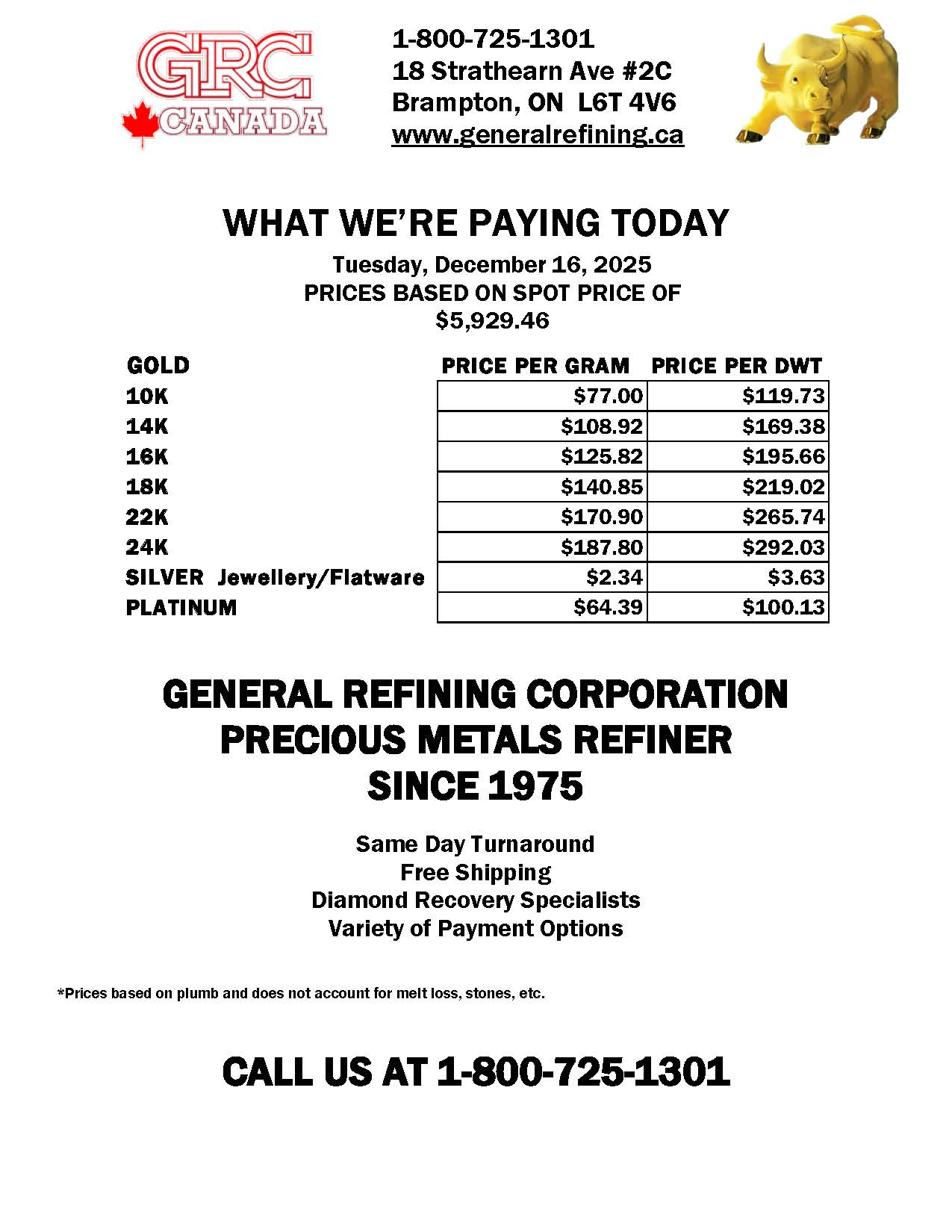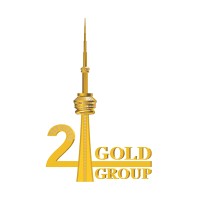In a state of flux: Manoeuvring the diamond industry’s ‘new normal’

Another search for one- to 1.05-carat, F to H, SI2 to I2 of any cut grades (‘Range B’) showed an average discount of 48.22 per cent. This selection increased substantially, totaling 3427 diamonds, 1112 of which were listed as ungraded. I refined my search to only include ideal cut grades (‘Range C’) and the list shrank down to 31 stones, this time, all graded by AGS Laboratories and carrying an average discount of 24.89 per cent.
So let’s say a year ago you could buy an affordable ‘Range A’ diamond with a report with a 55 per cent discount and (probably knowingly) pay too much for what would have been a solid ‘Range B’ stone. Today, an accurately graded ‘A’ is priced similar to a solid, accurately graded ‘C.’ What this tells me is that many companies have simply resorted to listing their goods as ungraded, while still offering steep discounts.
Accurately graded diamonds always command a premium, much like the finer makes of any product. What you’re paying for is the expertise of a master diamond cutter and the brands they craft. As for most Internet retailers, triple excellent is just not good enough anymore and for them, along with hundreds of independent jewellers, the ideal or AGS triple zero cut grade, which is assigned to only the finest, precision-cut and high-performance diamonds, has become the de facto standard, especially now that more and more diamond designers, cutters, and polishers are pushing these parameters for optimal light performance for their respective diamond shapes and brands.
It is the ‘ungraded’ category of inexpensive diamonds that we should be cautious about. Does it contain undiscovered treasures or is it a Pandora’s box of undesirable stones?





